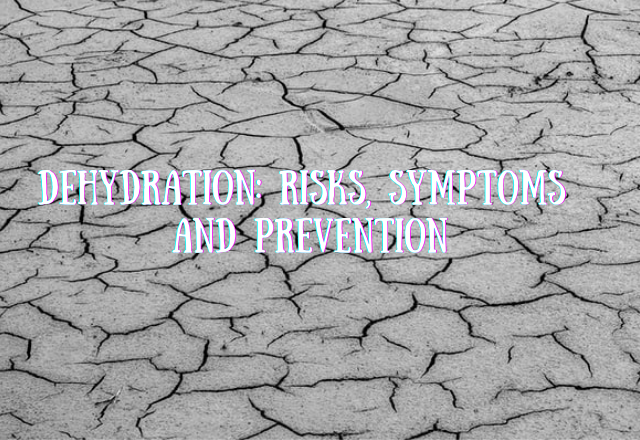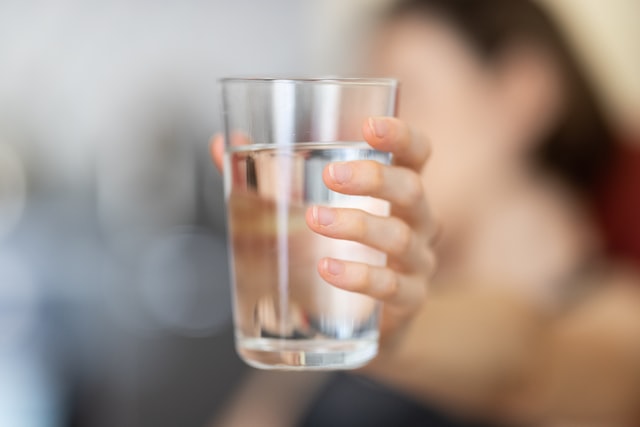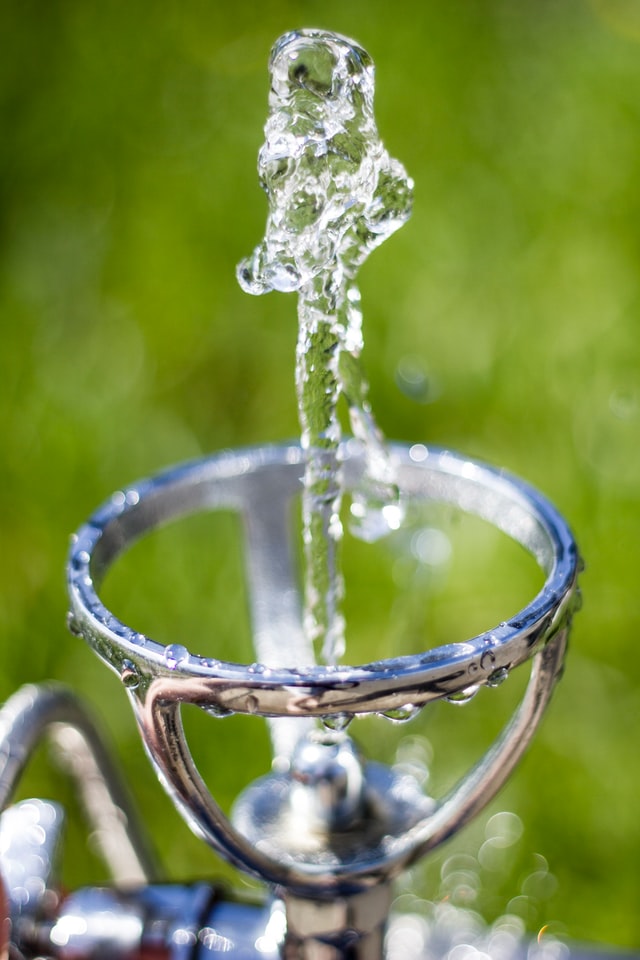Dehydration: Risks, Symptoms and Prevention

How to Quickly Spot the Signs That You are Dehydrated
When your body does not have enough water, all sorts of important health functions are impaired. What is more, dehydration is common, especially among active people involved in sport and fitness.
Simply put, dehydration happens when your body doesn’t get the amount of water it needs. Throughout the day you will naturally lose water. This occurs through sweating, saliva or going for a pee. Sometimes other conditions can mean you’ll lose water quicker. Examples are through vomiting, diarrhoea, or a fever.
To counteract this, regular intake of fluids is needed, and this can be done through water or other liquids and foods (food contains a great deal of water). When the balance goes the wrong way and you’re drinking less than you need to, you will become dehydrated.
This page covers the risks associated with dehydration. How to spot the symptoms of dehydration and the best way to prevent this is also explained.
Risks of Dehydration
There are a number of risks associated with dehydration, which can lead to serious complications to your health:
- Urinary Infections: If you have prolonged bouts of dehydration, you can experience urinary tract infections. While many clear naturally, prolonged bouts may require medicine. Either way, UTI’s are uncomfortable and restrict your activity.
- Heat Cramps and Heat Stroke: If you are doing exercise and not properly hydrating, there are a number of risks. The first is heat cramps. You will usually get these in the area where you are exercising. For example, if you’re a runner who hasn’t hydrated properly, you might get cramps in the calves. Further dehydration can lead to heat exhaustion, with dizziness and sometimes nausea affecting you. If this isn’t addressed, you could go on to suffer from heatstroke. This will see your core body temperature rise, and your internal organs could be damaged.
- Muscle Spasms: A loss of liquid will lead to a lack electrolytes in the body. This increases the risk of muscle spasms and even seizures while exercising. Muscle damage can occur if left untreated.
- Hypovolemic Shock: If you are suffering from dehydration you could get to the point where your blood pressure is too low, and you’re not getting enough oxygen. This can lead to hypovolemic shock, because the heart might be unable to pump enough blood to the body.
- Kidney Stones: Kidney stones can be a risk when not hydrated as the minerals and salts that form these stones are contained in your urine. When there is less fluid in your urine, these are more likely to form.

How to Spot the Symptoms of Dehydration?
Although the previous section will have been alarming in some places, the good news is that there are plenty of signs that show you that you are dehydrated. Here’s a look at some of the symptoms:
Thirst: This is the most obvious symptom of dehydration, especially when it becomes severe thirst.
Fatigue: One of the key symptoms of dehydration is a feeling of tiredness and lack of energy.
Less Frequent Urination: If you’re not heading to the toilet as often as normal, it can be a sign of dehydration. If your pee is a darker yellow than usual, this can also be an indicator.
Dizziness: If you’re feeling unsteady on your feet, this could be a sign that you are lacking the fluids that you require. Feeling confused can also be a sign of dehydration.

Avoiding Dehydration for Fitness Fans
It might seem obvious to say that you should simply drink more water, but in most cases, it is as simple as this. The National Health Service in the UK recommends that you drink between 6 to 8 cups of fluid a day. This can include water, lower fat milk and sugar free drinks. Tea and coffee count. It is recommended that you not drink too many drinks that are high in sugar, as these are high in calories and can lead to weight gain.
In cases where you are dehydrated, especially after a fever or a severe bout of vomiting or diarrhoea, you might need to rehydrate in other ways than simple fluid intake. In extreme cases, an intravenous drip can be applied, which will often be a mix of water and electrolytes, which will ensure you are rehydrated quicker.
Low sugar sports drinks and electrolyte-based drinks can be an effective way to rehydrate yourself. Another way to rehydrate is to consume fruit and vegetables, many which can contain between 80% and 99% water.
You can also make your own rehydration solution. To do this, pour one litre of water and add six teaspoons of sugar and a half a teaspoon of salt. While the sugar intake won’t make this an ideal regular drink, it can be perfect if you need a quick fix of hydration.
More Popular Fitness Guides This Month:
- Introduction to Tough Mudder Races
- Health Benefits of Turmeric
- Detailed Review of the Impressive F65 Treadmill from Sole Fitness
- Common Intermittent Fasting Mistakes